-
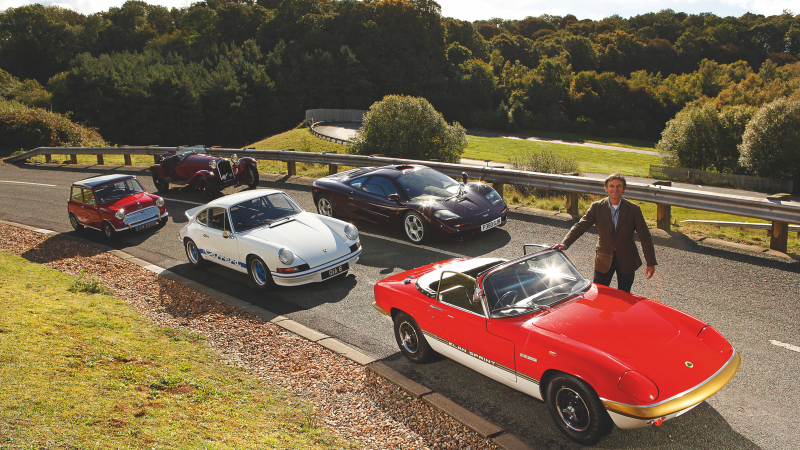 © Tony Baker/Malcolm Griffiths/Classic & Sports Car
© Tony Baker/Malcolm Griffiths/Classic & Sports Car -
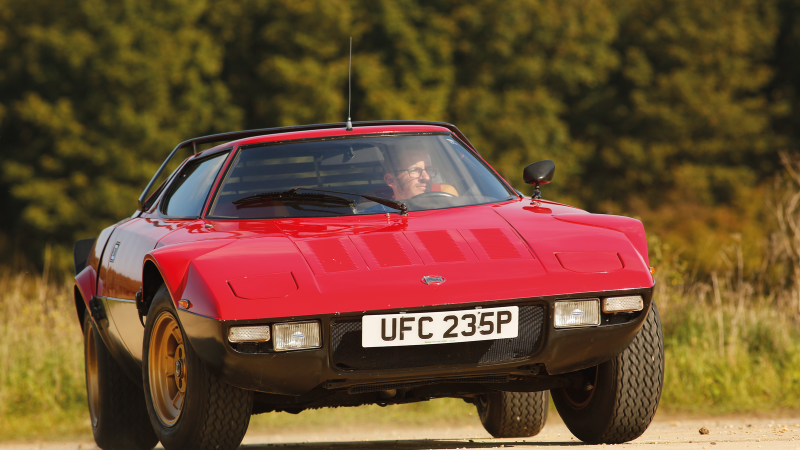 © Tony Baker/Classic & Sports Car
© Tony Baker/Classic & Sports Car -
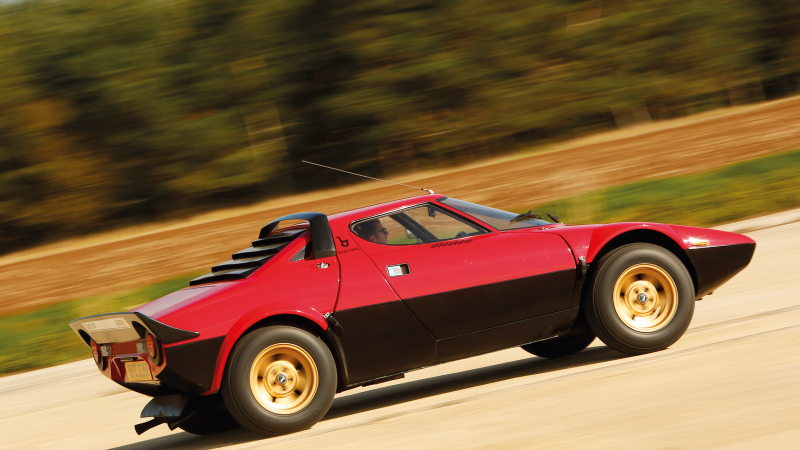 © Tony Baker/Classic & Sports Car
© Tony Baker/Classic & Sports Car -
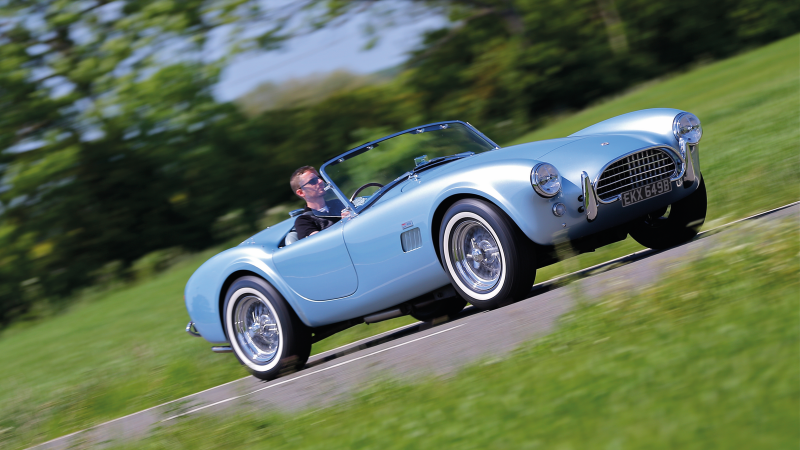 © Julian Mackie/Classic & Sports Car
© Julian Mackie/Classic & Sports Car -
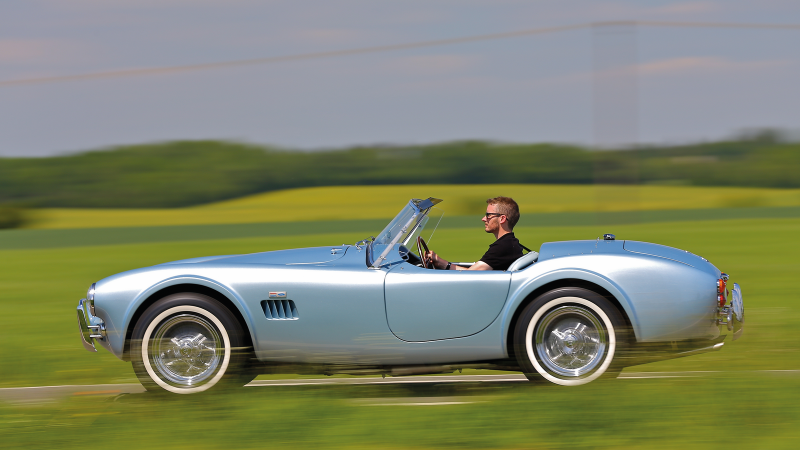 © Julian Mackie/Classic & Sports Car
© Julian Mackie/Classic & Sports Car -
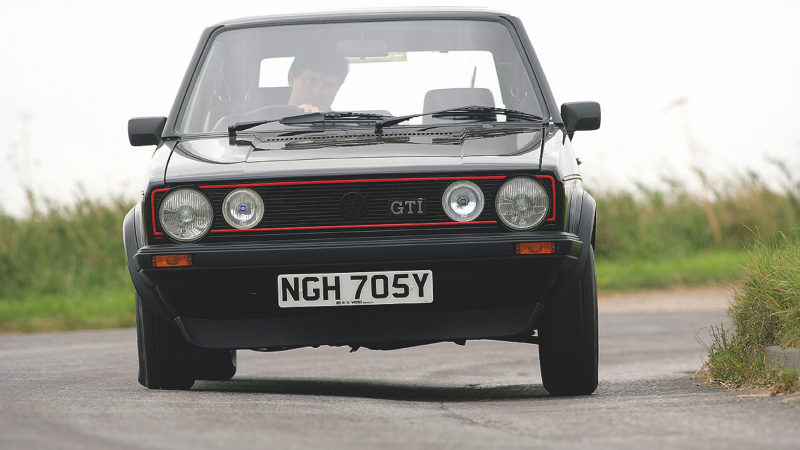 © Tony Baker/Classic & Sports Car
© Tony Baker/Classic & Sports Car -
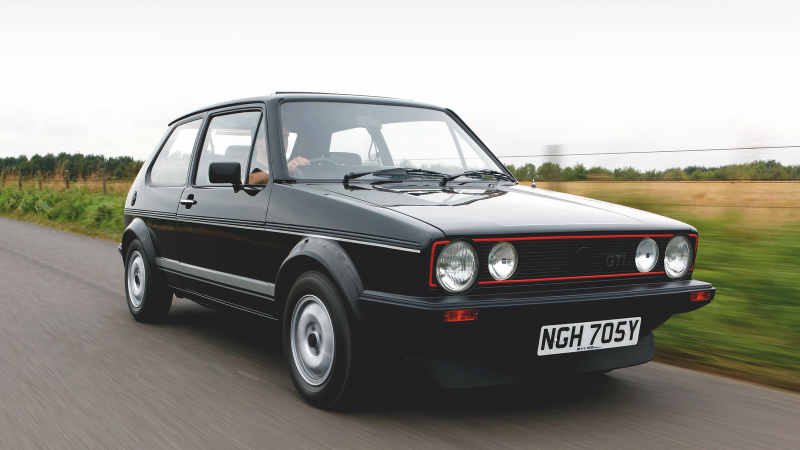 © Tony Baker/Classic & Sports Car
© Tony Baker/Classic & Sports Car -
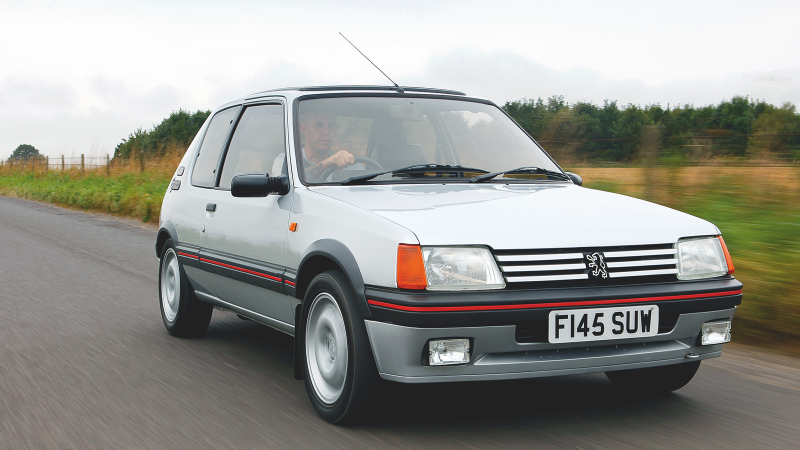 © Tony Baker/Classic & Sports Car
© Tony Baker/Classic & Sports Car -
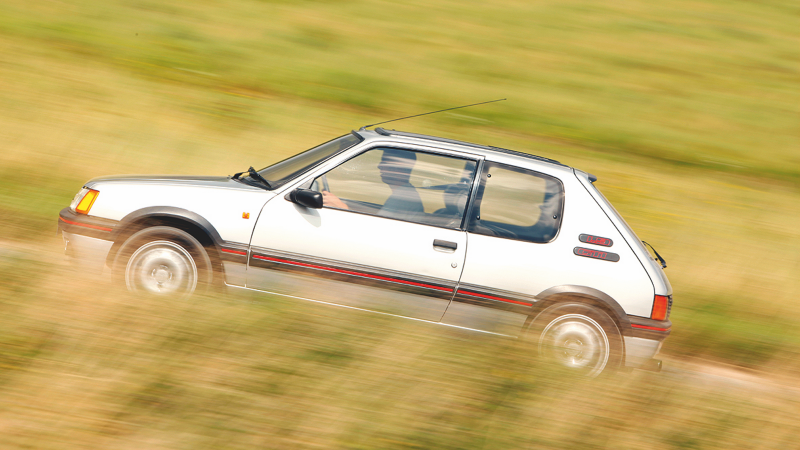 © Tony Baker/Classic & Sports Car
© Tony Baker/Classic & Sports Car -
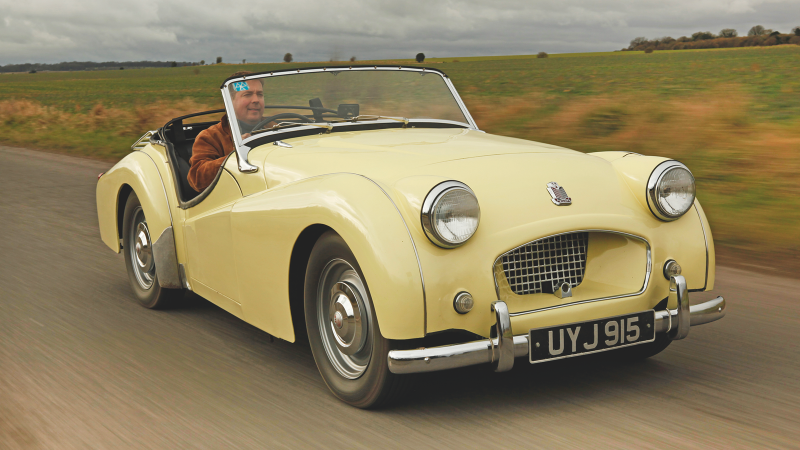 © Tony Baker/Classic & Sports Car
© Tony Baker/Classic & Sports Car -
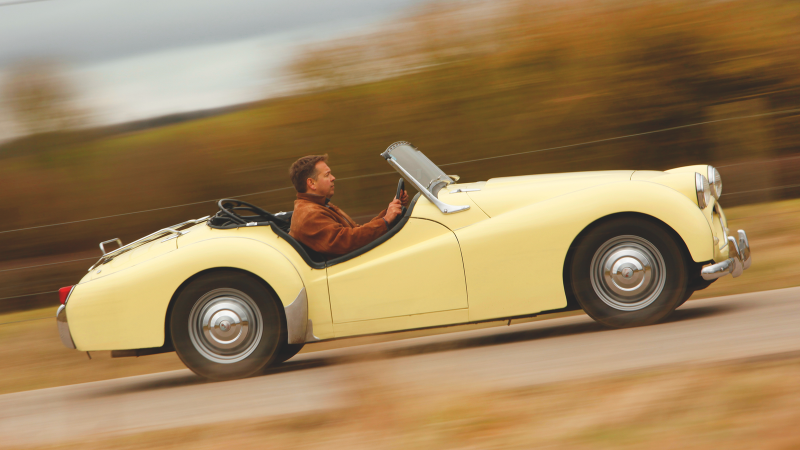 © Tony Baker/Classic & Sports Car
© Tony Baker/Classic & Sports Car -
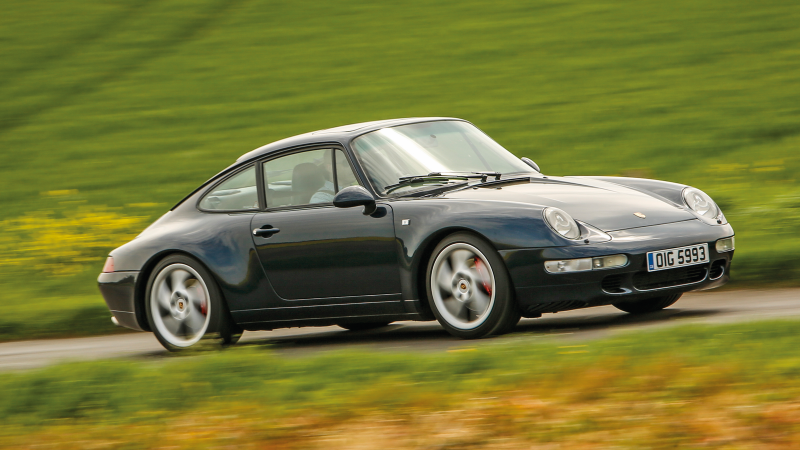 © Tony Baker/Classic & Sports Car
© Tony Baker/Classic & Sports Car -
 © Tony Baker/Classic & Sports Car
© Tony Baker/Classic & Sports Car -
 © Tim Andrews/Classic & Sports Car
© Tim Andrews/Classic & Sports Car -
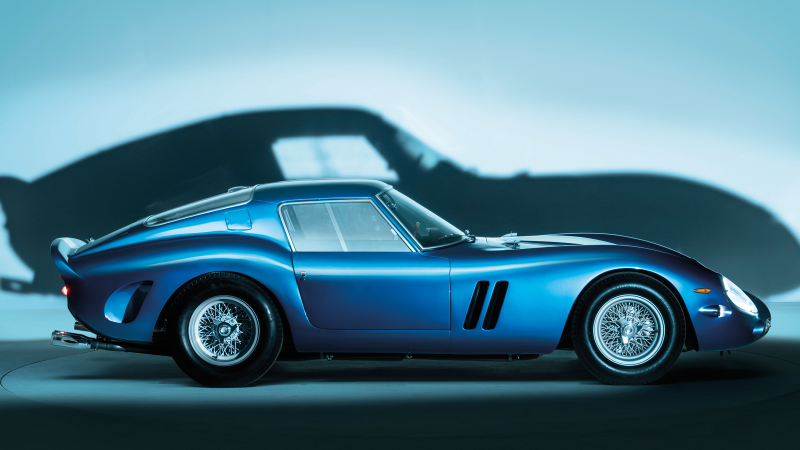 © Tim Andrews/Classic & Sports Car
© Tim Andrews/Classic & Sports Car -
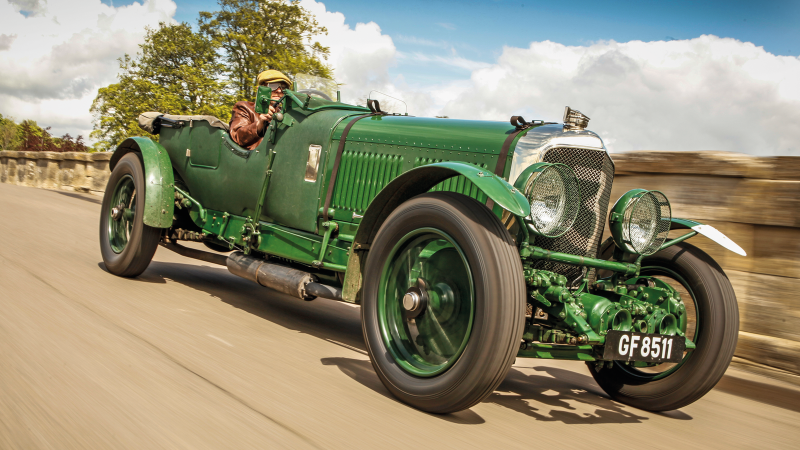 © Tony Baker/Classic & Sports Car
© Tony Baker/Classic & Sports Car -
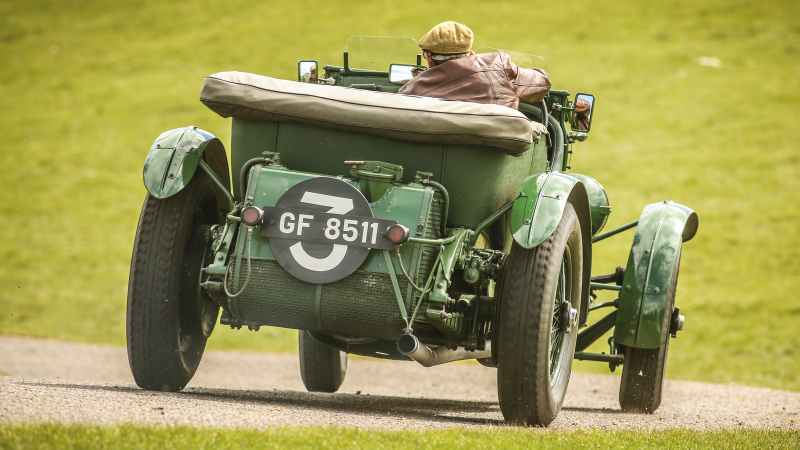 © Tony Baker/Classic & Sports Car
© Tony Baker/Classic & Sports Car -
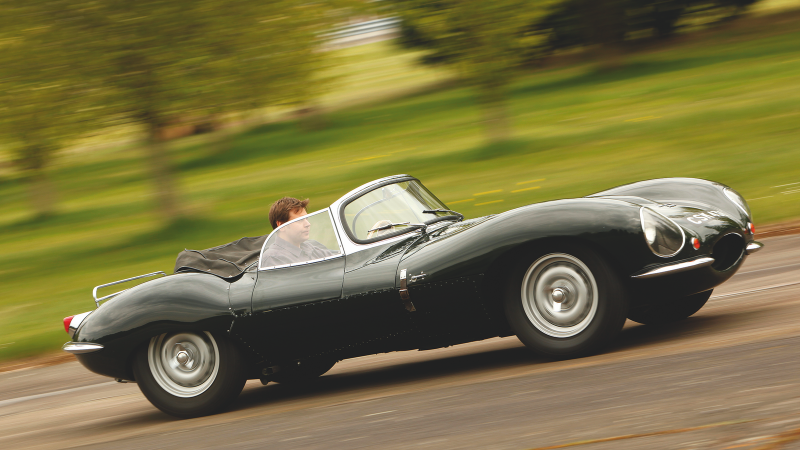 © Tony Baker/James Mann/Classic & Sports Car
© Tony Baker/James Mann/Classic & Sports Car -
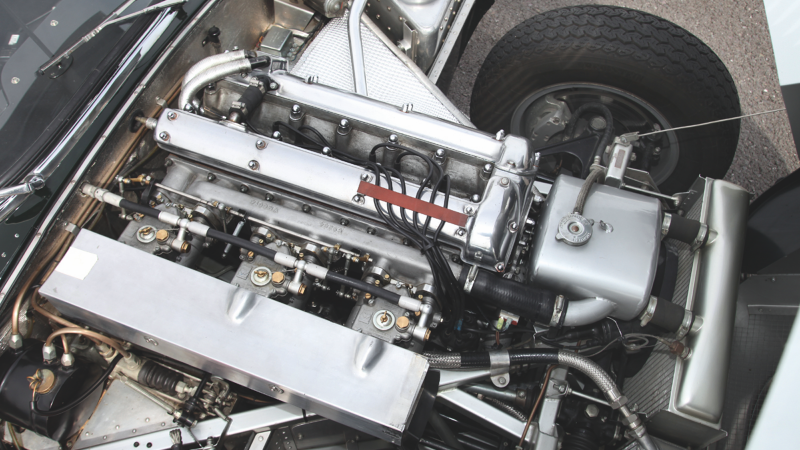 © Tony Baker/James Mann/Classic & Sports Car
© Tony Baker/James Mann/Classic & Sports Car -
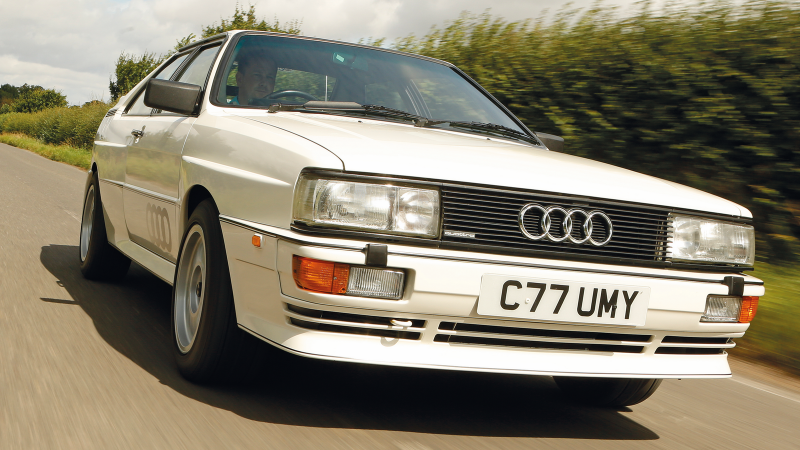 © Tony Baker/Classic & Sports Car
© Tony Baker/Classic & Sports Car -
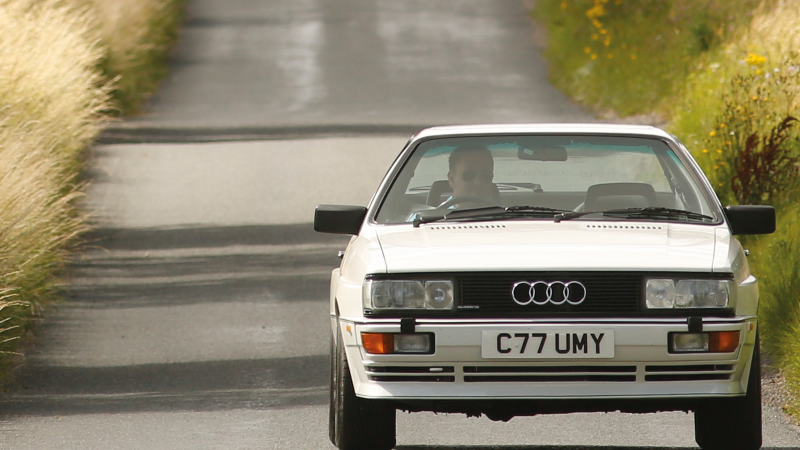 © Tony Baker/Classic & Sports Car
© Tony Baker/Classic & Sports Car -
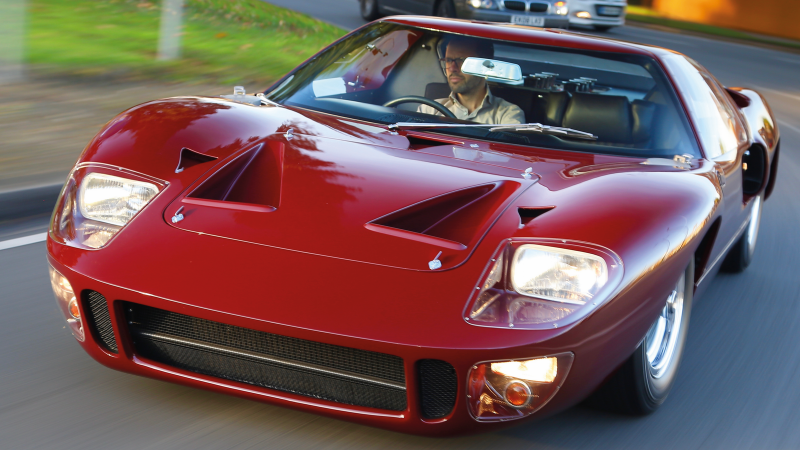 © Julian Mackie/Classic & Sports Car
© Julian Mackie/Classic & Sports Car -
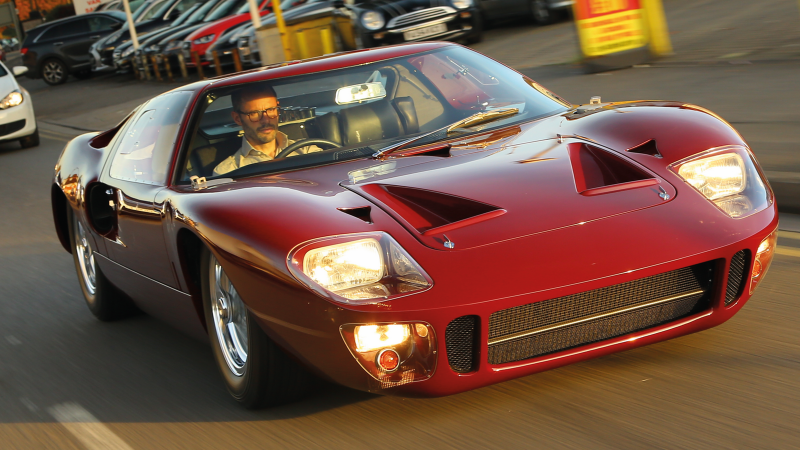 © Julian Mackie/Classic & Sports Car
© Julian Mackie/Classic & Sports Car -
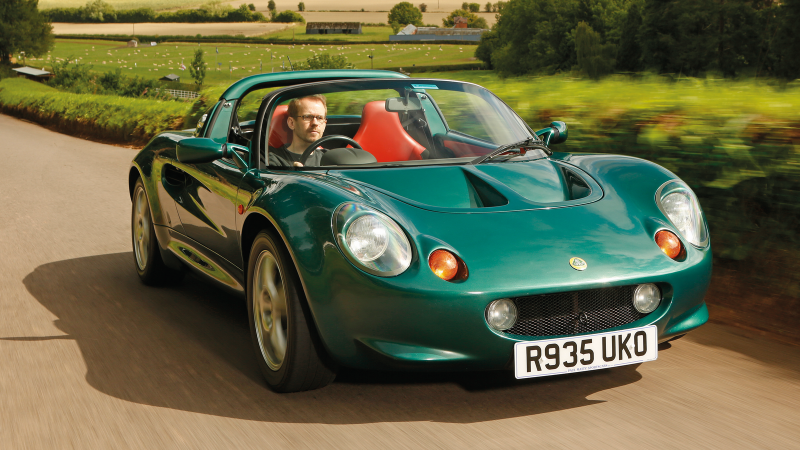 © Tony Baker/Classic & Sports Car
© Tony Baker/Classic & Sports Car -
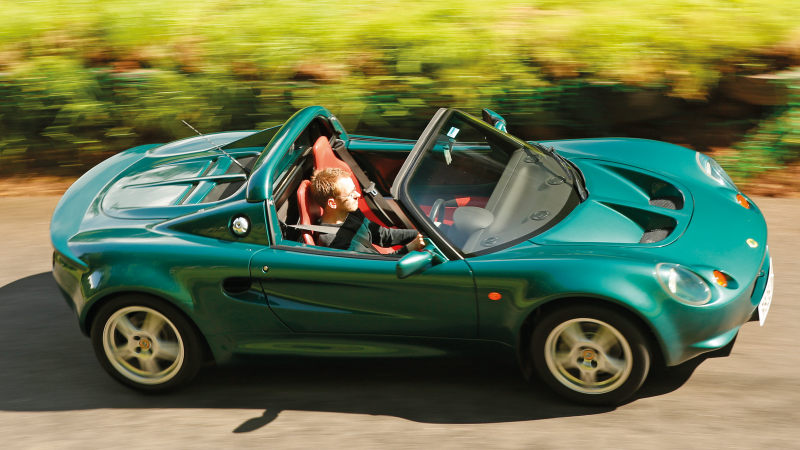 © Tony Baker/Classic & Sports Car
© Tony Baker/Classic & Sports Car -
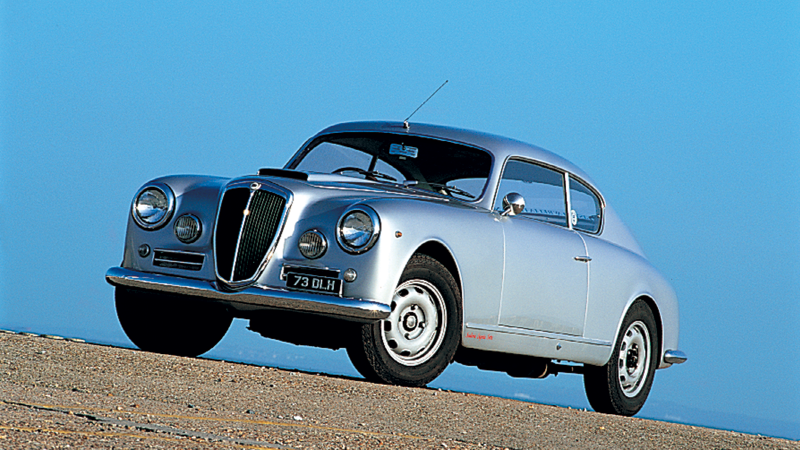 © Simon Stuart-Miller/Classic & Sports Car
© Simon Stuart-Miller/Classic & Sports Car -
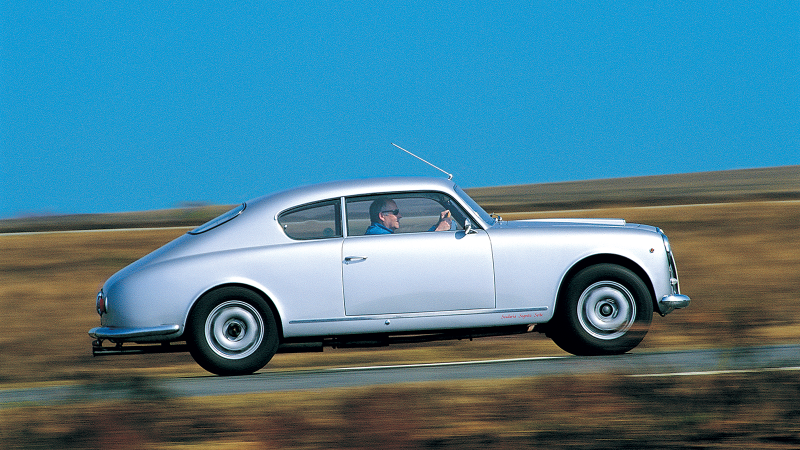 © Simon Stuart-Miller/Classic & Sports Car
© Simon Stuart-Miller/Classic & Sports Car -
 © Tony Baker/Classic & Sports Car
© Tony Baker/Classic & Sports Car -
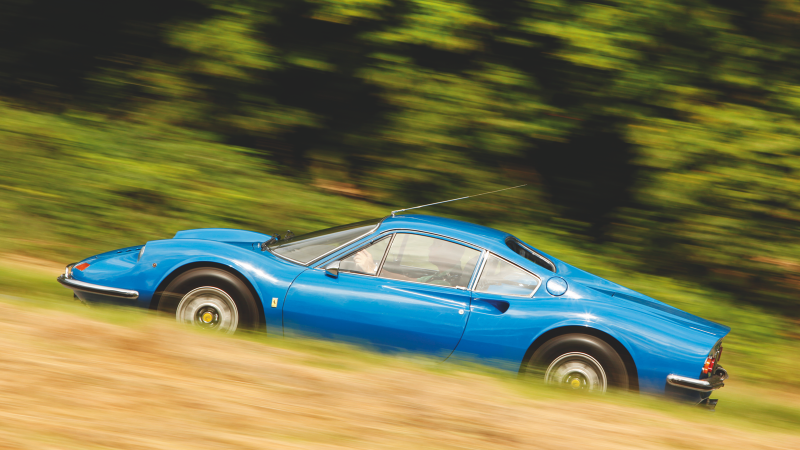 © Tony Baker/Classic & Sports Car
© Tony Baker/Classic & Sports Car -
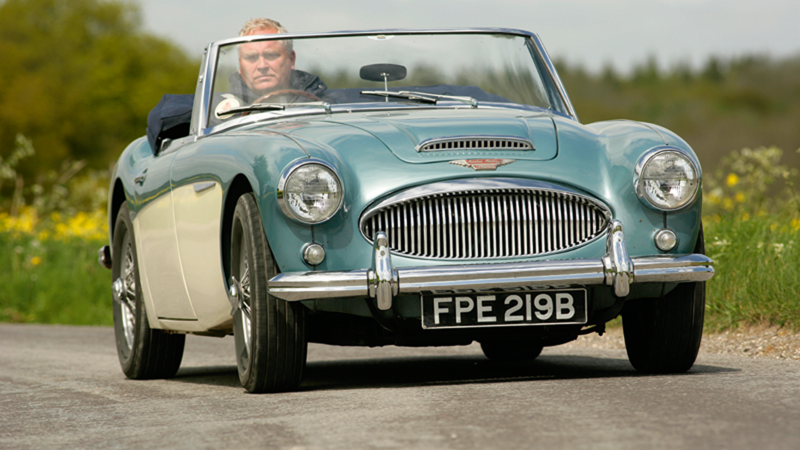 © Tony Baker/Classic & Sports Car
© Tony Baker/Classic & Sports Car -
 © Tony Baker / Classic & Sports Car
© Tony Baker / Classic & Sports Car -
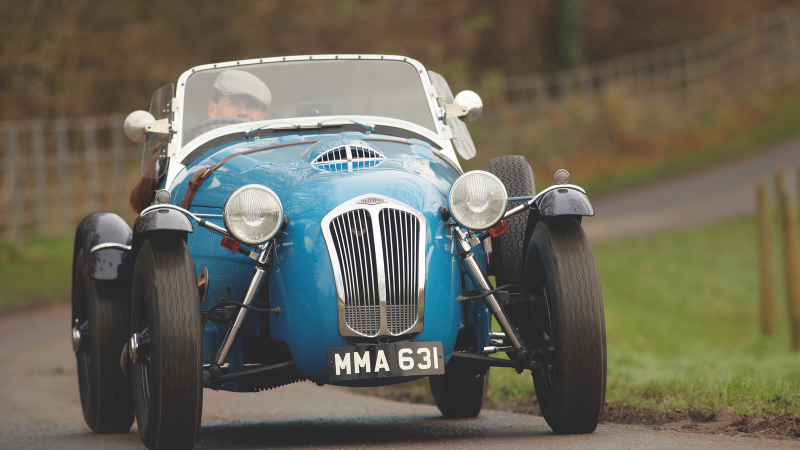 © Tony Baker/Classic & Sports Car
© Tony Baker/Classic & Sports Car -
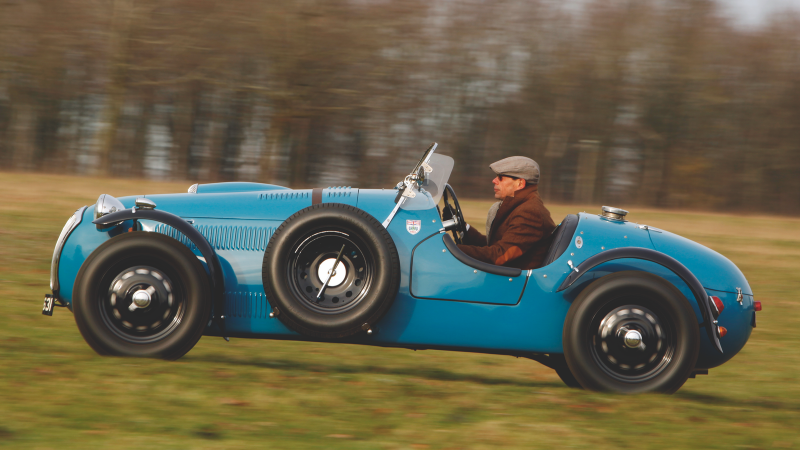 © Tony Baker/Classic & Sports Car
© Tony Baker/Classic & Sports Car -
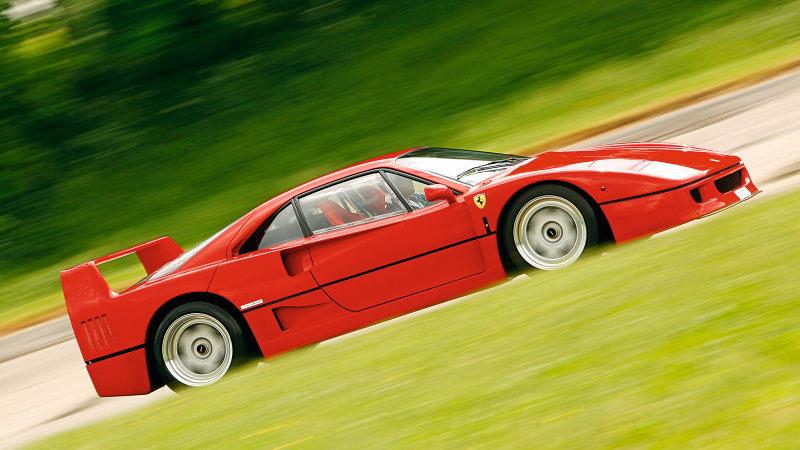 © Tony Baker/Classic & Sports Car
© Tony Baker/Classic & Sports Car -
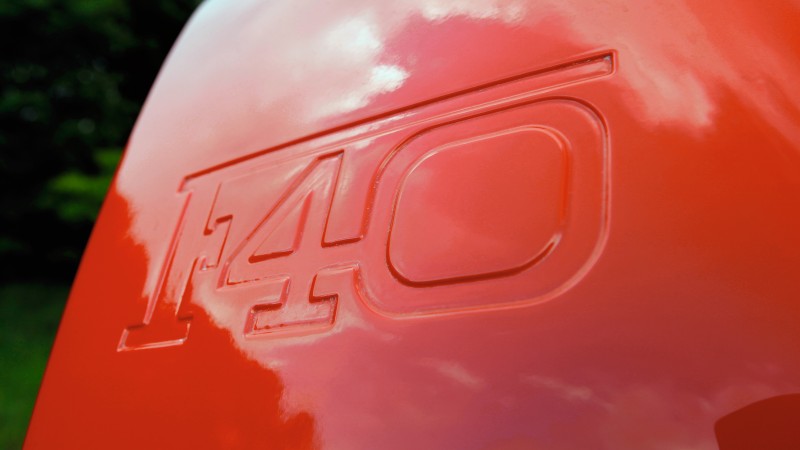 © Tony Baker/Classic & Sports Car
© Tony Baker/Classic & Sports Car -
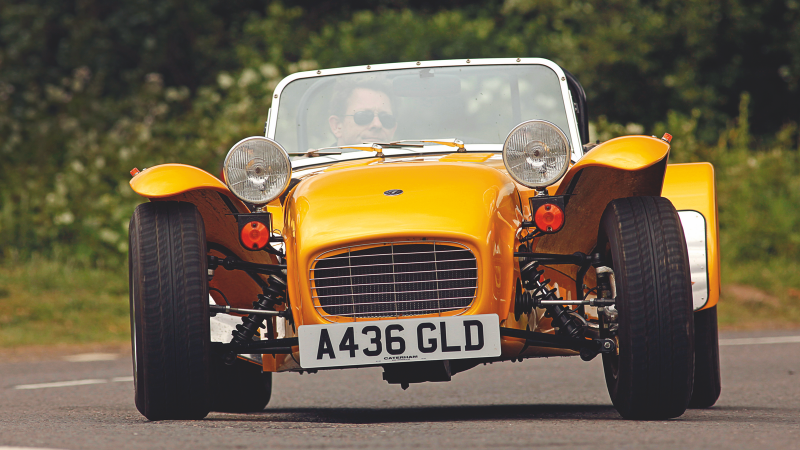 © Tony Baker/Classic & Sports Car
© Tony Baker/Classic & Sports Car -
 © Tony Baker/Classic & Sports Car
© Tony Baker/Classic & Sports Car -
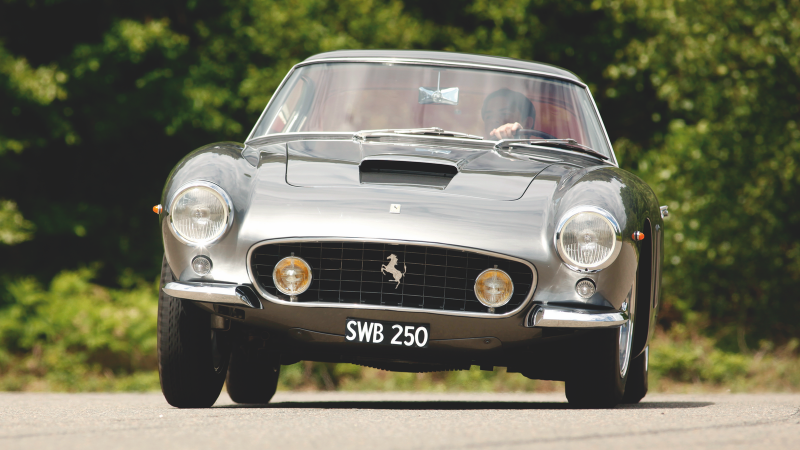 © Tony Baker/Classic & Sports Car
© Tony Baker/Classic & Sports Car -
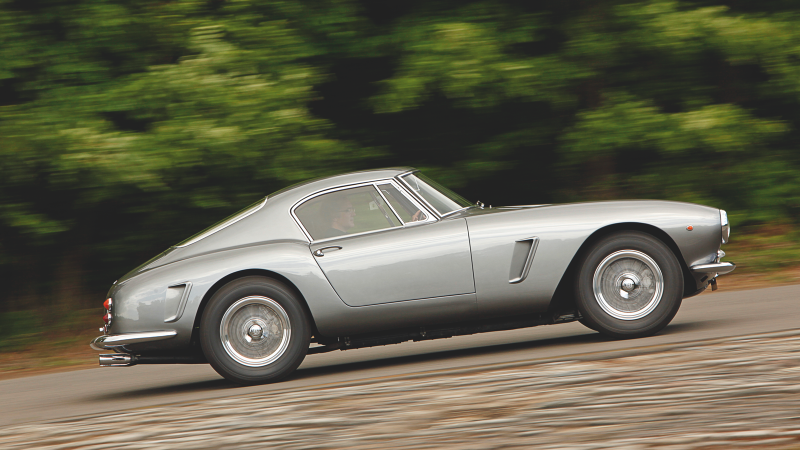 © Tony Baker/Classic & Sports Car
© Tony Baker/Classic & Sports Car -
 © Julian Mackie/Classic & Sports Car
© Julian Mackie/Classic & Sports Car -
 © Julian Mackie/Classic & Sports Car
© Julian Mackie/Classic & Sports Car -
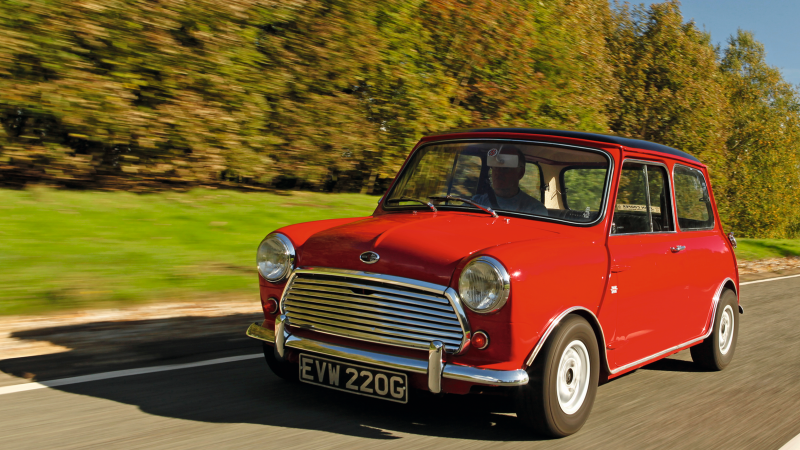 © Tony Baker/Malcolm Griffiths/Classic & Sports Car
© Tony Baker/Malcolm Griffiths/Classic & Sports Car -
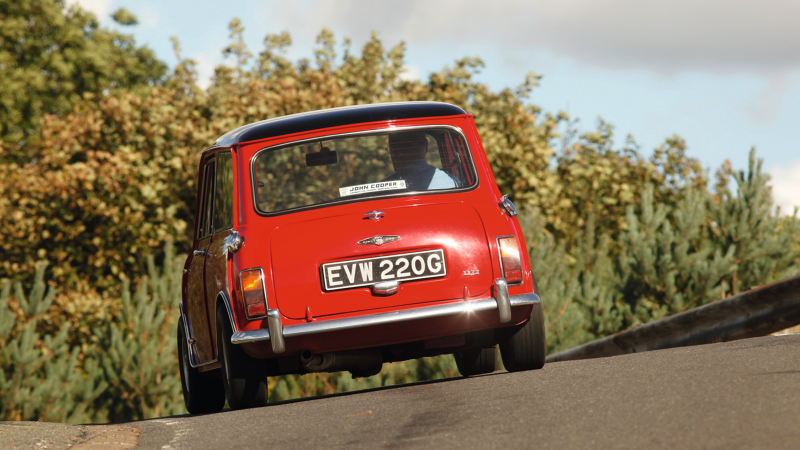 © Tony Baker/Malcolm Griffiths/Classic & Sports Car
© Tony Baker/Malcolm Griffiths/Classic & Sports Car -
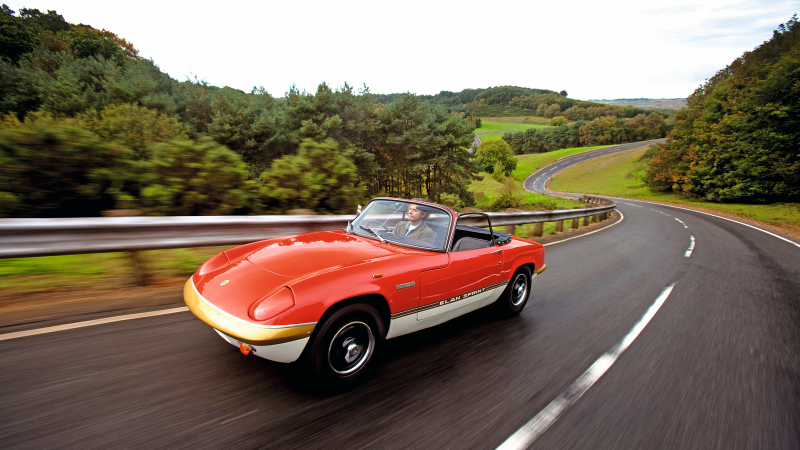 © Tony Baker/Malcolm Griffiths/Classic & Sports Car
© Tony Baker/Malcolm Griffiths/Classic & Sports Car -
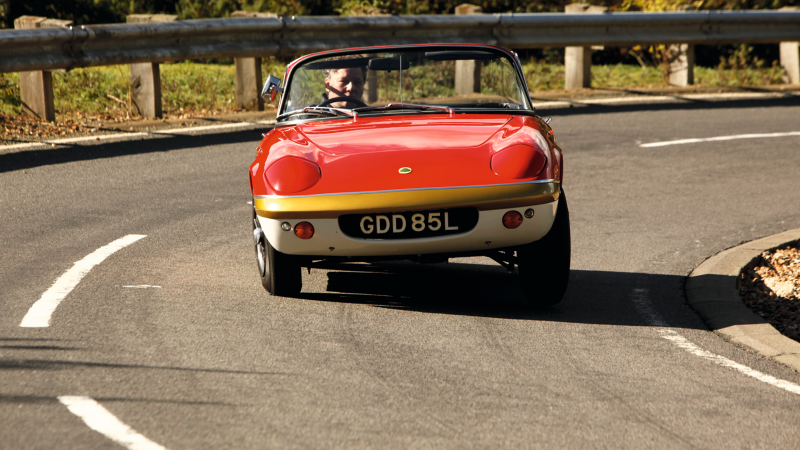 © Tony Baker/Malcolm Griffiths/Classic & Sports Car
© Tony Baker/Malcolm Griffiths/Classic & Sports Car -
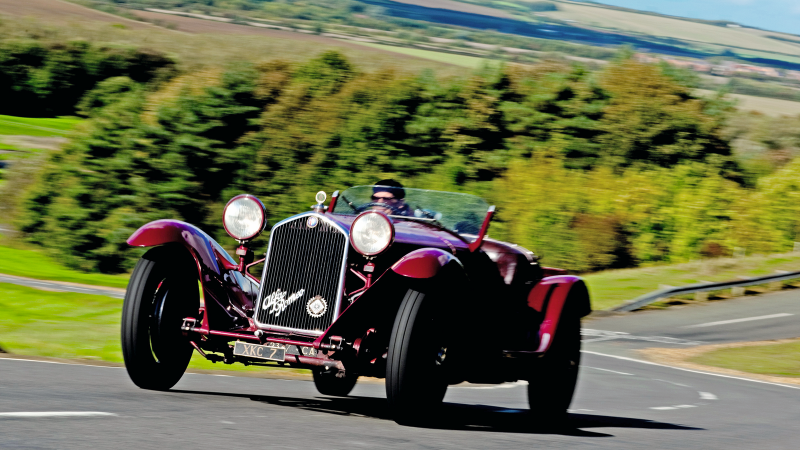 © Tony Baker/Malcolm Griffiths/Classic & Sports Car
© Tony Baker/Malcolm Griffiths/Classic & Sports Car -
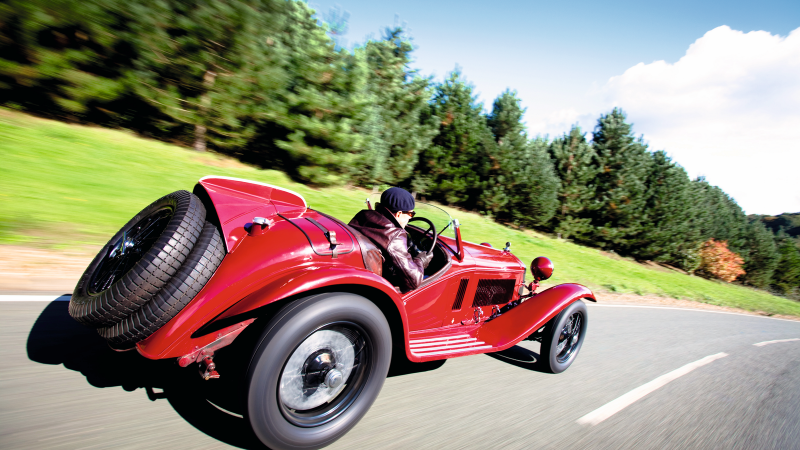 © Tony Baker/Malcolm Griffiths/Classic & Sports Car
© Tony Baker/Malcolm Griffiths/Classic & Sports Car -
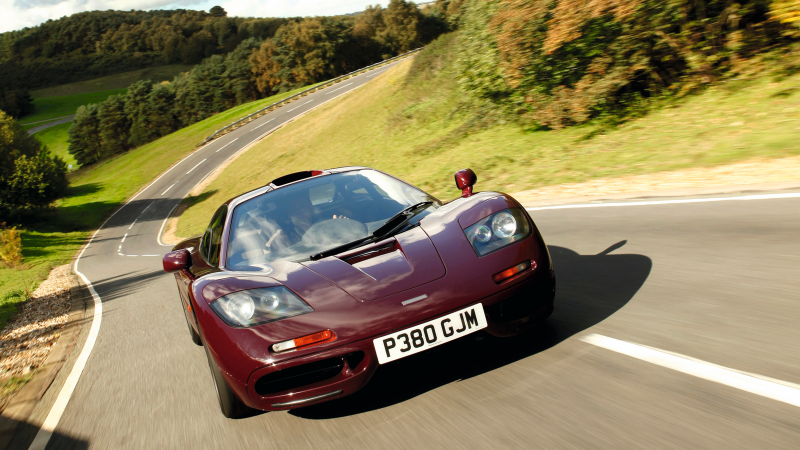 © Tony Baker/Malcolm Griffiths/Classic & Sports Car
© Tony Baker/Malcolm Griffiths/Classic & Sports Car -
 © Tony Baker/Malcolm Griffiths/Classic & Sports Car
© Tony Baker/Malcolm Griffiths/Classic & Sports Car -
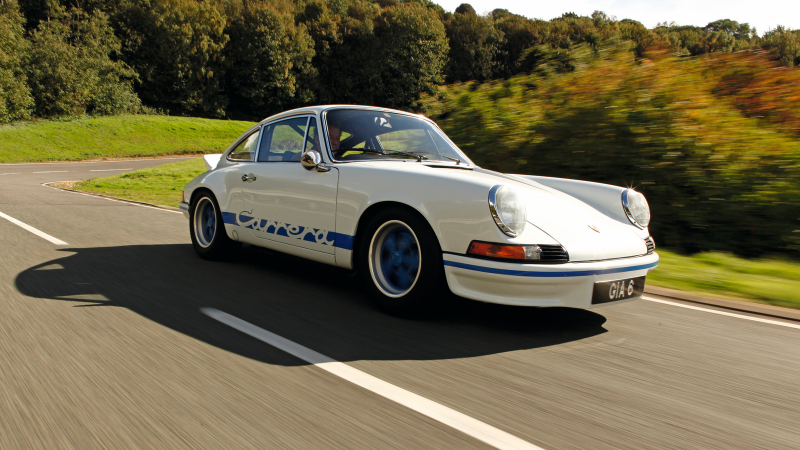 © Tony Baker/Malcolm Griffiths/Classic & Sports Car
© Tony Baker/Malcolm Griffiths/Classic & Sports Car -
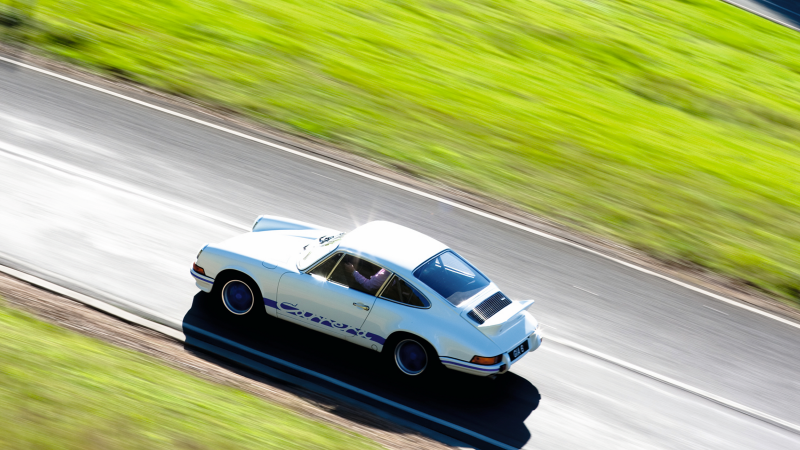 © Tony Baker/Malcolm Griffiths/Classic & Sports Car
© Tony Baker/Malcolm Griffiths/Classic & Sports Car
-
Behind the wheel of history’s best road cars
It’s a simple question with a very complex answer: what’s the best road car of all time?
In our quest to find the definitive drivers’ car, we spoke to F1 heroes, Le Mans winners, designers, engineers, journalists, auctioneers, dealers and even the car-makers themselves.
We asked them to ignore values, aesthetics or reputations, and instead tell us simply which cars gave them the biggest thrills and greatest rewards on the road.
Then we drove a load of them, all to determine once and for all which is the greatest car for drivers. Here are the results…
-
25. Lancia Stratos
A rally car inspired by a motor show concept, the Stratos was an uncompromising wedge of sci-fi style that doubled up as one of the most unlikely off-roading tools imaginable.
In roadgoing guise, it made for a noisy, hot but viscerally exciting machine – its V6 engine delivering an ample 187bhp for the 980kg kerbweight – with zero visibility at the rear and almost too much at the front, being all road and no bonnet.
-
25. Lancia Stratos (cont.)
Steering was go-kart like – the line between cornering quickly and spinning off into the scenery a matter of millimeters – and, with such a short wheelbase, the formidable Stratos delivered unforgiving, hair-trigger responses, especially when you lifted off the throttle.
In the right hands, though, it was magic, always capable of delivering just that little bit more. After all, there’s a reason it won the World Rally Championship in 1974, ’75 and ’76.
-
24. AC Cobra 289
Hand-made English sports cars and large American engines have long been an enticing combination, but the AC Cobra arguably did it best: it’s so pretty that even without that Ford V8 under the hood it would have been enticing.
Uncompromised and endlessly fun, that irresistible motor delivered spectacular acceleration at any time, in any gear – a prospect which no-one who loves driving could possibly fail to enjoy.
-
24. AC Cobra 289 (cont.)
Oozing machismo, the heavy clutch, rubbish hood and various other flaws proved largely insignificant in a car that always stirred the blood – and does so just as much today as in 1962.
Where the more powerful 427 iteration unbalanced the attractive AC machine, as Quentin Wilson put it, the 289 was “chuckable and slidable, with precise steering and lots of grip. Plus the noise at 130mph was epic.”
-
23. Volkswagen Golf GTI
In the words of the late, great Henry Hope-Frost, the Golf GTI was quite simply “the original and best hot hatch”.
Ultra-lightweight and fitted with a 1.6-litre motor good for 110bhp and a top speed of 113mph, the GTI could blast to 60mph in less than nine seconds and harry many a supercar in its mid-’70s heyday.
-
23. Volkswagen Golf GTI (cont.)
A true Tarmac terrier, the Golf GTI’s engine was smooth, punchy and flexible, while the agile chassis and precise steering let you barrel through corners harder than many modern performance cars.
A must-have car of its era, to drive this hottest of hatchbacks is still a revelation today.
-
22. Peugeot 205GTI
The arch-rival to the Golf GTI, the brilliance of Peugeot’s 205GTI was twofold: it was a proper featherweight and it could change direction with such alacrity that it left you breathless.
One of our star panel, ex-F1 driver and current TV commentator Martin Brundle, reckoned it had “just the right amount of power, grip and drivability in all road conditions.”
-
22. Peugeot 205GTI (cont.)
First shipped with a fuel-injected 1.6-litre motor, the 205GTI topped out at 121mph and could dash to 60mph in a startling 8.1 seconds.
The coveted 130bhp, 130mph 1.9-litre variant that followed was the cherry on the cake, adding extra torque and refinement to an already incredible package.
-
21. Triumph TR2/3/3A
At its launch in 1954, the Triumph TR2 was the cheapest British car that could top 100mph. In fact, for the £900 ticket price (around £23,000 today) you could go all the way to 107mph.
As fast as an Austin-Healey and more desirable than its MG contemporaries, the TR2 proved fun to drive and easy to own, establishing a lineage that would last well into the ’70s.
-
21. Triumph TR2/3/3A (cont.)
Produced quickly and cheaply in order to flog ship-loads to eager North American customers, Triumph’s 2-litre two-seater offered rough-and-ready manners and impressive straight-line urge for the masses.
Succeeded by the TR3 in 1955, that evolution was eventually gifted 100bhp and disc brakes, making it an even more attractive proposition.
-
20. Porsche 993 Carrera
Ordering history’s 911s is no easy task, but the 993 of the mid-’90s is arguably the perfect package: where later models became overly complex, it embraced all the good things of the older generation but with a smattering of key improvements.
Last of the air-cooled 911s – and therefore the last to serve up that trademark metallic flat-six sound – it was also the first to have fully sorted rear suspension.
-
20. Porsche 993 Carrera (cont.)
It also saw the debut of a six-speed manual gearbox that paired perfectly with the 3.6-litre motor, especially in simple, effective Carrera guise.
As another of our panel, Dire Straits guitarist and historic racer Mark Knopfler, put it, “It’s exciting to drive even if you’re going to the paper shop. When you start up an air-cooled 911 it’s like a dog about to go for a walk – it’s all a man could want in a road car.”
-
19. Ferrari 250GTO
Easily the most hallowed of all Prancing Horse machines, the 250GTO represents the undiluted essence of what the Italian marque is all about: a front-engined V12 GT built to win ’60s endurance events.
Possessing both balance and bare-knuckle aggression, it was designed to be driven by the sport’s greatest names yet forgiving enough on the road that mere mortals could fantasise about driving one (even if the multi-million-pound price-tag whittled down the number of potential buyers).
-
19. Ferrari 250GTO (cont.)
Yes, it’s just a car – and a rather rough-hewn one at that, with rugged welding and a dearth of creature comforts – but its singular sense of purpose has always given the GTO a unique appeal as arguably the last truly heroic Ferrari sports car.
We’ll let Pink Floyd drummer Nick Mason have the last word: “Still the ultimate supercar. It can win races, rallies and concours. It makes a bad driver good, a good driver great, and a great driver can get his name on the trophy in advance.”
-
18. Bentley Speed Six
The successor to the highly regarded 6.5-Litre, the Speed Six was, in the words of C&SC columnist and all-round automotive authority Simon Taylor, “uncompromising, unsympathetic, unwieldy and totally marvellous”.
The engineering may have been hefty but it was also refined, superbly finished and truly fast: enjoying a 40bhp advantage over its forerunner, the Speed Six could hit 90mph – despite a kerbweight of nearly 2500kg.
-
18. Bentley Speed Six (cont.)
Reliability was good, too, which was the key to the model’s success at Le Mans: Speed Sixes won the event in both 1929 and 1930.
Sales might have been hampered by the car’s monstrous price tag and the arrival of the Great Depression, but that doesn’t take anything away from this most brutishly luxurious of pre-war machines.
-
17. Jaguar XKSS/D-type
Surely Britain’s most exciting road car of the ’50s, the XKSS rose from the ashes of the D-type to become a legend in its own right.
Left with several unsold D-type machines following the 1955 Le Mans tragedy, Jaguar decided to turn them into roadgoing versions by adding a passenger seat, makeshift hood, additional door and full-height windscreen, as well as bumpers, sidescreens and rear lights.
-
17. Jaguar XKSS/D-Type (cont.)
Beneath this civilised skin, though, lay the muscular, all-alloy tub of the marque’s multi-Le Mans-winning sports car – as did its 250bhp XK straight-six engine and four-wheel disc brakes.
On the road, it was – in the words of James Knight, Chairman of Bonhams' Motoring Department – “simply mind-boggling”, offering astonishing but fully usable straight-line speed (think 150mph-plus), awesome stability and surprisingly light steering.
-
16. Audi quattro
Few saw Audi’s radical quattro coming: a quantum leap for a German marque previously absorbed with building solid family cars, the four-wheel-drive turbocharged masterpiece changed motoring forever.
With near-supercar levels of performance in a straight line, the true magic of this 140mph four-seater was that it could put its power down in almost any weather.
-
16. Audi quattro (cont.)
Naturally, it became a rally legend, its origami shape and distinctive five-cylinder snarl dominating stages of every surface in the ’80s, taking 23 wins and two World Championship titles.
As design guru Stephen Bayley recalled: “It seemed satanically potent then. Has there been a more complete car? Assertive looks, extraordinary dynamic integrity, four proper seats and a boot.” What more could you want?
-
15. Ford GT40
An exercise in flexing Ford’s financial and technological muscles, the GT40 was an endurance racer built to topple the Prancing Horse – and that it did, winning Le Mans four times in a row between 1966 and ’69.
In celebration of its success, Ford designed the MkIII GT40 for the street – and it was easily the most dramatic road car you could buy for £6450 (£115,000 today), even if just seven were built.
-
15. Ford GT40 (cont.)
F1 design supremo Adrian Newey regards it as “still one of the best-looking cars ever and as quick as most of the modern supercars” – and he’s not wrong.
Making good use of a 4.7-litre V8 motor, its 306bhp output could thrust the race-bred projectile to 60mph in 5.3 seconds and all the way on to 164mph. Add a rigid chassis, supple suspension and immaculate handling to the mix, and you’ve got a truly remarkable package.
-
14. Lotus Elise/Exige
A car that Lotus founder Colin Chapman would surely have approved of – and that his son Clive described as “truly a racing car for the road” – the Elise blended retro-inspired style with some seriously forward-thinking technology to make every journey entertaining.
As Elise designer Julian Thomson remembered, “The original Elise is a car with a great ‘engineered’ feel: light, agile and very mechanical.”
-
14. Lotus Elise/Exige (cont.)
Beneath the curvy glassfibre shell lay an all-alloy engine, mid-mounted in an aluminium spaceframe. It might have only delivered 118bhp, but with a 723kg kerbweight that was more than enough to give the plucky Lotus class-leading performance.
What’s more, it was a revelation behind the wheel: the steering provided a constant stream of accurate intelligence, while race-derived suspension was stiff yet supple enough to be unfazed by battle-scarred B-roads. Pure, undiluted driving pleasure.
-
13. Lancia Aurelia
Of Lancia’s ’50s machines, Aurelia saloons are refined and dignified, the Spiders and Convertibles almost impossibly glamorous, but for driving it’s got to be the B20 coupé.
Here was the world’s first 2+2 GT fitted with the first production V6 engine, impeccably finished and capable of topping 155mph – and it drove beautifully.
-
13. Lancia Aurelia (cont.)
It says a lot that World Champions Juan Manuel Fangio and Mike Hawthorn drove them on the road, and there was probably no better all-rounder to be had in the era – even if they were prohibitively expensive.
That said, the Aurelia was enormously satisfying in any guise: stylish when stationary, refined in the cabin and properly capable on the long-distance gallop.
-
12. Ferrari Dino
The first of the entry-level Ferraris, the Dino might have shipped with half the usual number of cylinders but it was still every bit a Prancing Horse.
Wrapped in an elegant shell designed by Pininfarina and built by Scaglietti, the V6 machine finally established Ferrari in the UK – and little wonder: lusty rather than outright fast, it was easy to drive, wonderful to steer and constantly composed, not to mention comfortable.
-
12. Ferrari Dino (cont.)
Perfectly capable in original 2-litre guise, the Dino really achieved maturity as the 2.4-litre 246GT from 1969 – complete with steel body.
As Russell Carr, head of Lotus design, mused on our panel, “The Dino does what all great cars should do: it stimulates the senses.”
-
11. Austin-Healey 3000 MkIII
What started out as a rugged, fun car in 1959 became, by ’64, a 122mph mix of vintage roadster and open-top GT.
Plugging a gap between the big XK Jaguars and cheap-and-cheerful MGs, the Austin-Healey 3000 was always fun to drive – though it required concentration to do so quickly.
-
11. Austin-Healey 3000 MkIII (cont.)
In rally guise, the 3000 was a noisy, uncomfortable machine but an incredibly effective one, and its speedy successes helped to spur sales of the diminutive sports car, the appearance of which barely changed over its lifespan.
On the road, it was best in MkIII guise, which benefited from a boost in output to 150bhp and power-assisted brakes as standard – though, in truth, any Big Healey promised enjoyment on the asphalt.
-
10. Frazer Nash Le Mans Replica
A lithe and sketchy cycle-winged two-seater, the Le Mans Replica was Frazer Nash’s interpretation of plans acquired from BMW, with a 2-litre Bristol engine bolted in for good measure.
The result? A machine that could top 115mph in 125bhp competition form and would go on to finish third overall in the 1949 running of the famed French endurance race, from which it gained its name.
-
10. Frazer Nash Le Mans Replica (cont.)
It would go on to become the firm’s most successful model, though only 34 real ones were actually built.
David Richards, founder of racing outfit Prodrive, believed it to be “the most wonderfully balanced car you could wish for”. In fact, he drove one in the Mille Miglia in 2010 and found that it was “as good today as it was in the mid ’50s. True simplicity of design and engagement for a driver.”
-
9. Ferrari F40
Launched as the fastest road car ever produced by the Prancing Horse, the F40 was a 200mph showpiece that took the mid-engine twin-turbo V8 mould set by the 288GTO and ran with it.
Angular and aggressive, its skin was merely a functional wrap for its 478bhp innards, which could thrust the hypercar to 60mph in 4.9 seconds, 125mph in 12 and all the way on to the double-ton.
-
9. Ferrari F40 (cont.)
Shattering acceleration to the redline, raw engine noise in a cockpit bereft of creature comforts, huge grip, awesomely direct steering and superb brakes made it an unrivalled beast on the road.
Even two years out of production it could keep a McLaren F1 GTR honest and, in the words of Le Mans winner Richard Attwood, “for sheer exhilaration, for its time, it was the car.”
-
8. Caterham Seven
As a raw driving experience bereft of comforting distractions, the Lotus Seven, which became the Caterham Seven in 1973, was in many ways the ultimate car.
Conceived as a simple, inexpensive spaceframe sports car that could be both raced and used on the road as everyday transport, it was primitive (with no doors or boot) yet endlessly appealing.
-
8. Caterham Seven (cont.)
Capable of hitting 60mph in just 5.6 seconds, the magic of the Seven was not in its outright speed but, rather, in the enjoyment you could find at almost any pace, be it in a supermarket car park or on a hedge-lined B-road.
A true featherweight, it was the very definition of a pocket rocket and, whether kit-built or bought pre-assembled, it pretty much guaranteed a good time – and often a very sideways one.
-
7. Ferrari 250GT SWB
Even among legends, the short-wheelbase 250GT is a true star – a roadgoing Ferrari so carefully conceived and exquisitely executed that it seems close to perfection.
Its simple, strong styling is Pininfarina at its best, the elegant aggression hiding a car of great stamina (the 250GT SWB has three Tour de France wins to its name) and versatility.
This was a car that any wealthy enthusiast could drive to a race, enter, likely win, and then drive back home.
-
7. Ferrari 250GT SWB (cont.)
Performance depended on which of the three available axle ratios was fitted (the longest offered a top speed of 166mph), but all versions gave huge satisfaction to those lucky enough to enjoy the well-balanced handling and incomparable V12 urge.
As panelist David Gooding, founder of Gooding & Co auction house, put it, “There are faster cars and more valuable Ferraris, but the package is hard to beat.”
-
6. Jaguar E-type
The definitive Jaguar sports car – and arguably the quintessential sports car of the ’60s – the E-type truly deserves the praise heaped upon it.
Whether coupé or roadster, its shape remains unmistakable and for good reason: nothing off the showroom floor was as quick as an E-type, and certainly not at the same price.
-
6. Jaguar E-type (cont.)
Light and responsive, with a limousine-like ride and towering torque from the straight-six XK engine, its top speed sat somewhere in excess of 140mph – and, like a true motorway cruiser, second gear was good for 70.
The 3.8-litre variants were the sweetest, the 4.2s the most usable but, in truth, all but the ungainly 2+2 were stunning. As McKeel Hagerty, CEO of Hagerty insurance, enthused, one “can't imagine a better mixture of style and performance from the ’60s.”
-
5. Mini Cooper ‘S’
Created for utility, the ingeniously packaged Mini became a driver’s dream when John Cooper hit upon the idea of a twin-carb, disc-braked variant.
Initially a nippy 55bhp package, an ‘S’ iteration followed in 1963 that put 100mph within reach and went on to cover itself in glory in both racing and rallying, winning the Monte-Carlo Rally in 1964, ’65 and ’67.
-
5. Mini Cooper ‘S’ (cont.)
Revolutionary yet simple in its design, it was somehow able to seat four in a diminutive shell and still feel fast and agile, promising deliciously quick steering, a fantastic power-to-weight ratio and endless manoeuvrability – especially if you got the handbrake involved.
“It just wants to go sideways,” Alain de Cadenet reported, “but keep the power on and it'll drag you to where you want it to go.”
-
4. Lotus Elan
While the Elise and Exige evoked some of that lightweight Lotus spirit, the seminal Elan embodied everything that Colin Chapman’s marque stood for: light and nimble, it had fantastic steering, handled superbly and was always bags of fun to drive.
Clothed in a featherweight glassfibre shell, the Elan’s key weapon was its engine, a 1.6-litre Ford unit that gave the Elan urge to match the fantastic chassis.
-
4. Lotus Elan (cont.)
Legendary for its cornering prowess, the Elan also offered impressive ride comfort and the ability to absorb bumps without shedding too much speed.
Just ask F1 design ace Gordon Murray: “Perfect front/mid-engined balance delivers great dynamics and the best steering I’ve experienced in a road car. The engine is torquey, with a twin-cam rasp and induction wheeze. All this plus wonderful packaging and ergonomics.”
-
3. Alfa Romeo 8C
Long before it could be seen, the deep bellow of this pre-war great’s supercharged straight-eight motor could be heard – and, when it arrived, it was always quite something.
Jacketed in stunning coachwork, it was also an engineering marvel of its era, its blown motor delivering stacks of torque and speed that saw it happily devour mile upon mile of asphalt.
-
3. Alfa Romeo 8C (cont.)
Of course, with four Le Mans wins and the same number of Mille Miglia victories under its belt, there was never any dispute about the 8C’s abilities – but it remains remarkable today for its pure sense of purpose and the accessibility of its power.
Its mighty torque, fine balance, superb brakes and glorious sound underline its lasting appeal as one of the greatest driving machines ever created: a machine with exhilarating feel and character, matched with stunning looks and detail.
-
2. McLaren F1
The only car in history for which the road car was detuned to win at Le Mans, McLaren’s F1 was an unrivalled exercise in F1-derived engineering and advanced materials.
Equipped with an explosive 627bhp 6.1-litre BMW V12 engine, the revs could whip up to 8000rpm in no time, catapulting the F1’s 1138kg carbon fibre monocoque from 0-100mph in a staggering 6.3 seconds
-
2. McLaren F1 (cont.)
What’s more, cross-country, on narrow, bumpy roads, the F1 is a dream: steering is positive, grip is endless and feedback phenomenal, delivering the V12’s boundless power perfectly and safely.
Ex-racer and TV presenter Tiff Needell surmised it neatly: “Simply the best, most practical supercar ever. Brilliant packaging for people and luggage, and a driving experience that’s second to none.
“No power assistance, no electronic interruption, a great gearbox, the central driving position and that normally aspirated V12 wailing away behind you.”
-
1. Porsche 911 RS 2.7
Even factory engineers have conceded that Porsche never built a better 911 than the 2.7-litre Carrera RS – and, though every car in this list offers something special, the RS is the top dog.
Developed for Group 3 homologation, it was a pure, back-to-basics 911 trimmed down with thinner steel and glass, and gifted with its signature ‘ducktail’ spoiler and flared rear wheelarches.
On paper, its 210bhp fuel-injected flat-six seemed average. On the road? The Carrera was ethereal, delivering dazzling nimbleness, fabulous throttle response, incredible steering and rear-engine balance that remains unmatched today.
-
1. Porsche 911 RS 2.7 (cont.)
Involvement is surely the measure of a true drivers’ car and the Carrera both demanded driver input and worked hard for you, its go-kart characteristics, rocket-ship performance and nimble manoeuvrability always inviting you to exploit more of its potential.
We’ll let Simon Kidston – market expert and prestige car specialist – have the final world: “Every time I drive it, I wonder why I need any other car.”
